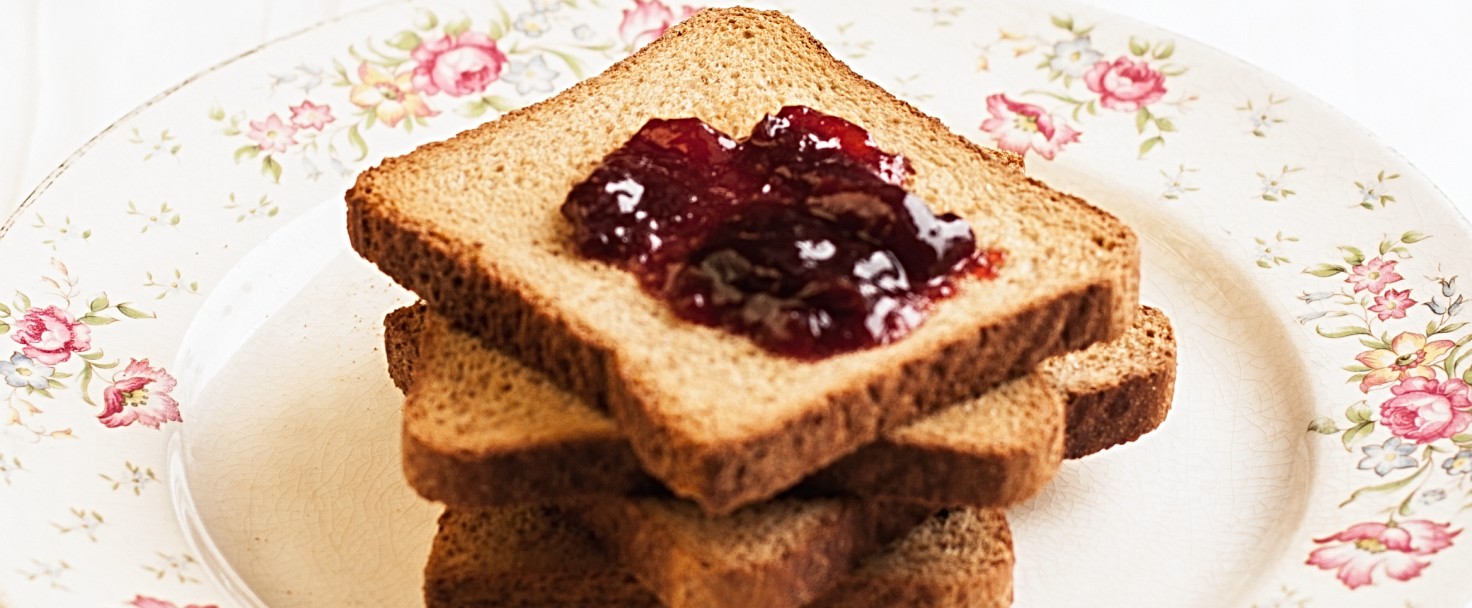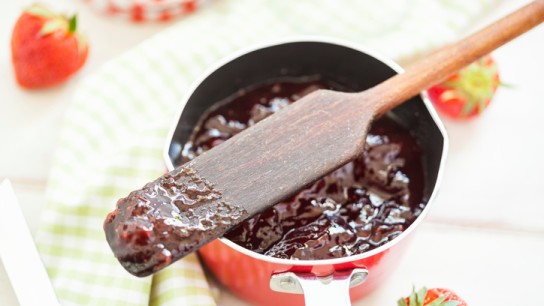Today’s consumer wants to know exactly what’s in the food and beverages they are buying. They want to see fewer food ingredients on the label. What’s there should be naturally derived, renewable, and produced in a sustainable way.
This all means that manufacturers are under increasing pressure to ensure that the ingredients they use in their products can be easily recognized and understood, and that the processes involved in creating them are as simple as possible. It’s all about minimizing the length of ingredient lists and avoiding additives with chemically sounding, hard to pronounce names. Often it is a matter of going back to the kitchen cupboard and reverting to ingredients that consumers understand and love.
“Consumers want shorter ingredient lists and more recognizable ingredients. They want products that are minimally processed, more natural, and cleaner,” says Trevor Nichols, Food Application Scientist at Brenntag Food & Nutrition North America. “Artificial preservatives are definitely being pushed out and there is a trend towards using naturally sourced alternatives. It is about finding functional ingredients that can fulfill that clean label identity, and be accepted by the consumer,” he adds.
This market background is leading to strong new product development in the clean label space. Innova Market Insights global data shows a steady +5.7% CAGR in new products featuring clean label positionings (no additives/preservatives, natural, organic, non-GMO), from 2014 to 2019. Growth was particularly strong from 2018 to 2019: +8%.
Trending clean label solutions
Ingredients that support the clean label concept are those with no artificial components, freshness, reliable origin, or those that are minimally processed (e.g. functional native stabilizers vs. modified stabilizers).
They include naturally derived preservatives to replace ingredients such as sodium benzoate or potassium sorbate. For example, cultured dextrin and niacin can be used for the natural preservation of foods, vinegar-based solutions offer antimicrobial properties, while rosemary and chamomile extracts can help protect against oxidation, and maintain quality.
Other clean label ingredients include plant-based naturally sourced colors and coloring foods that serve as alternatives to artificial color additives (e.g. Red 40) or non-vegan options (the insect-based coloring carmine).
Enzymescan generally also be considered as clean label, since they can often avoid labeling requirements when functioning as processing aids with emulsifier replacement potential.


